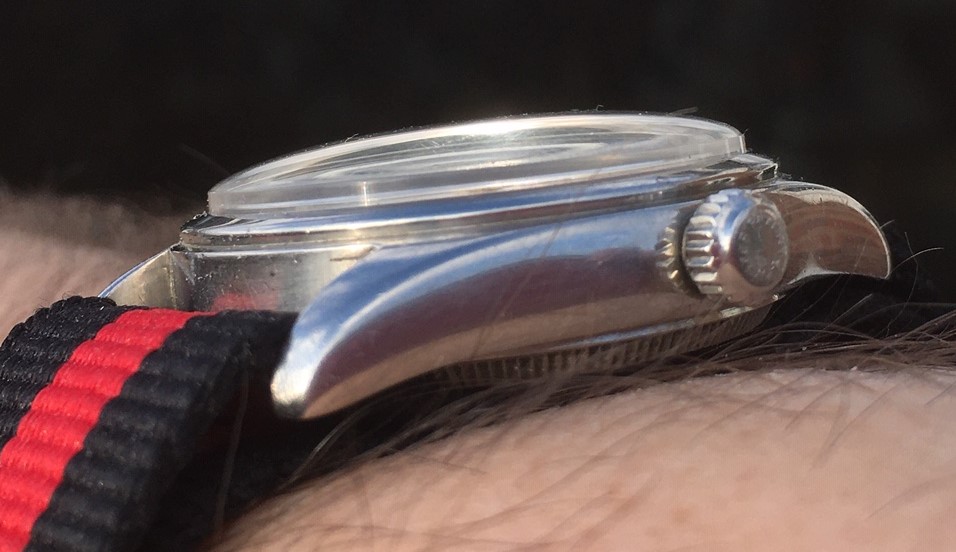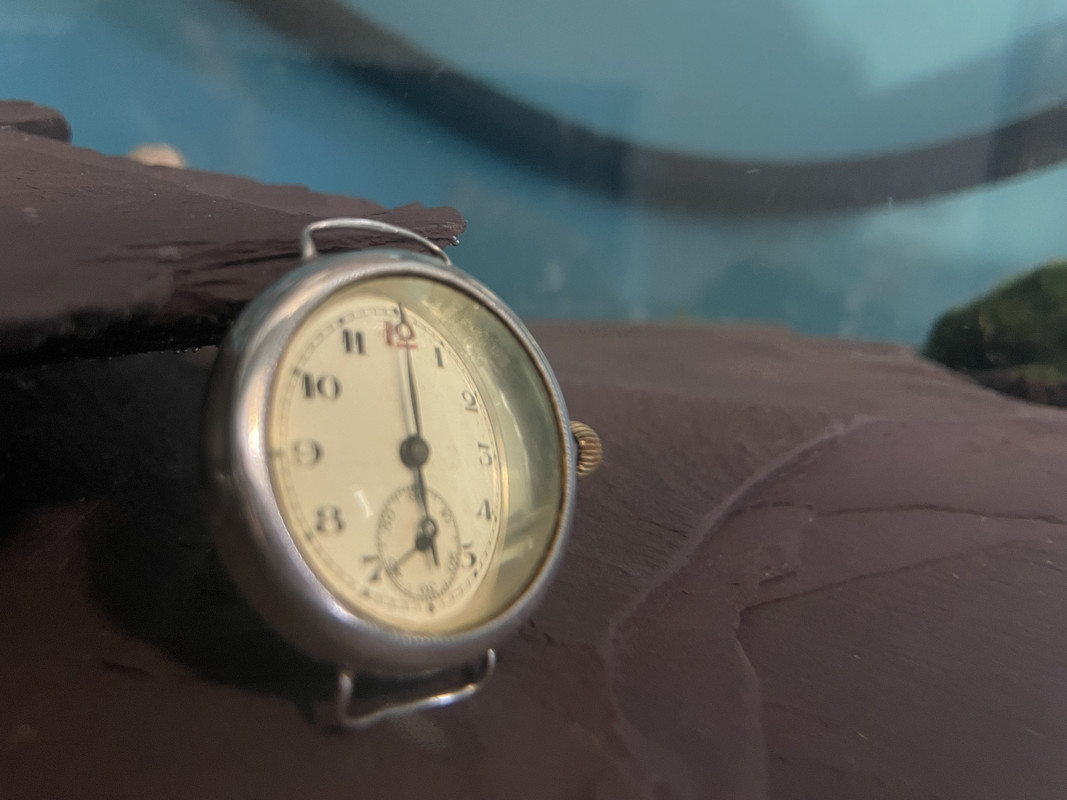Yes, I think Stan's methodology is sound though: as I understand it, he ignores advertising and other PR claims (which is a very good idea as far as Rolex is concerned!). He wants independent proofs and, for assessing "firsts", the all-important patents.
That's interesting. I wonder who Rolex were working with to develop the oils? Smiths, of course, made their own in-house. :-)
Yes, that was a pocket watch though, which is inherently easier to waterproof. Still, the goldfish are nice touch -- strong visual impact. I wonder if Depollier knew about the fish or arrived at the same idea independently.
Edit: is anyone any good at wikipedia editing? I've corrected the claim the Oyster was the first waterproof wrist watch case but am having trouble referencing that. I tried to add the link to Stan's website / book (i.e.
https://www.lrfantiquewatches.com/ ) but not really sure how. I








 Reply With Quote
Reply With Quote









